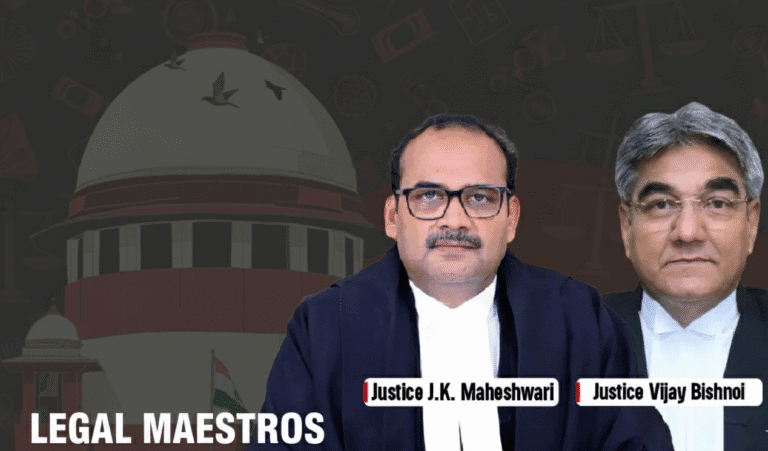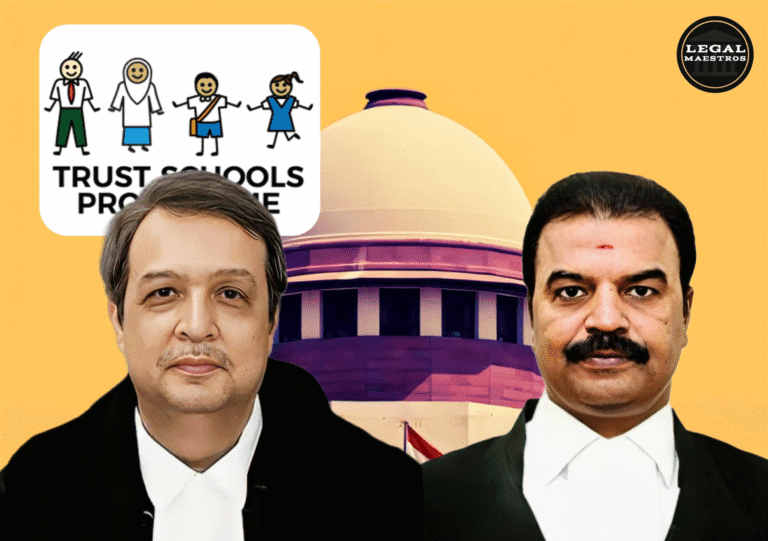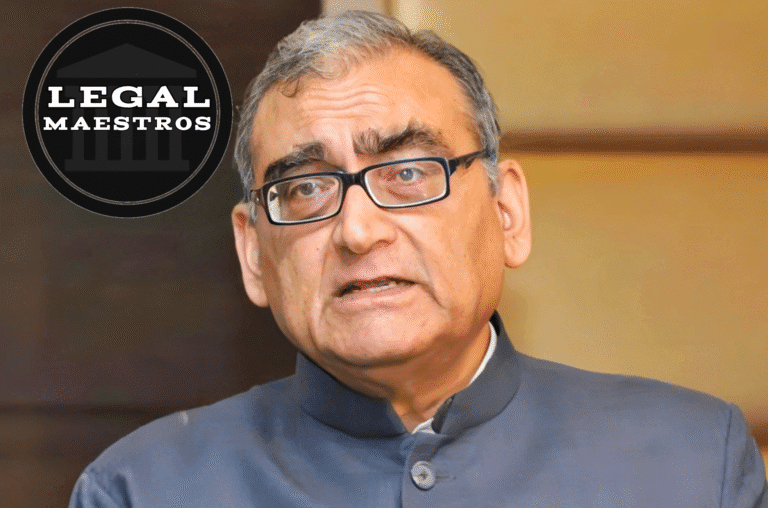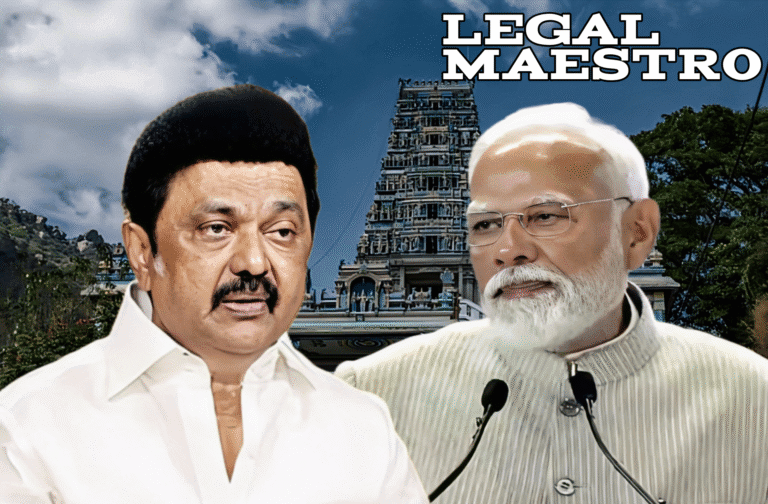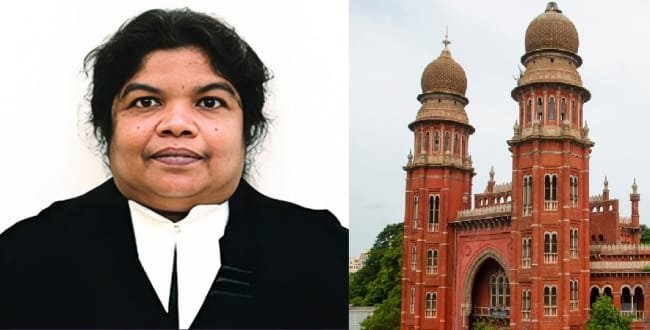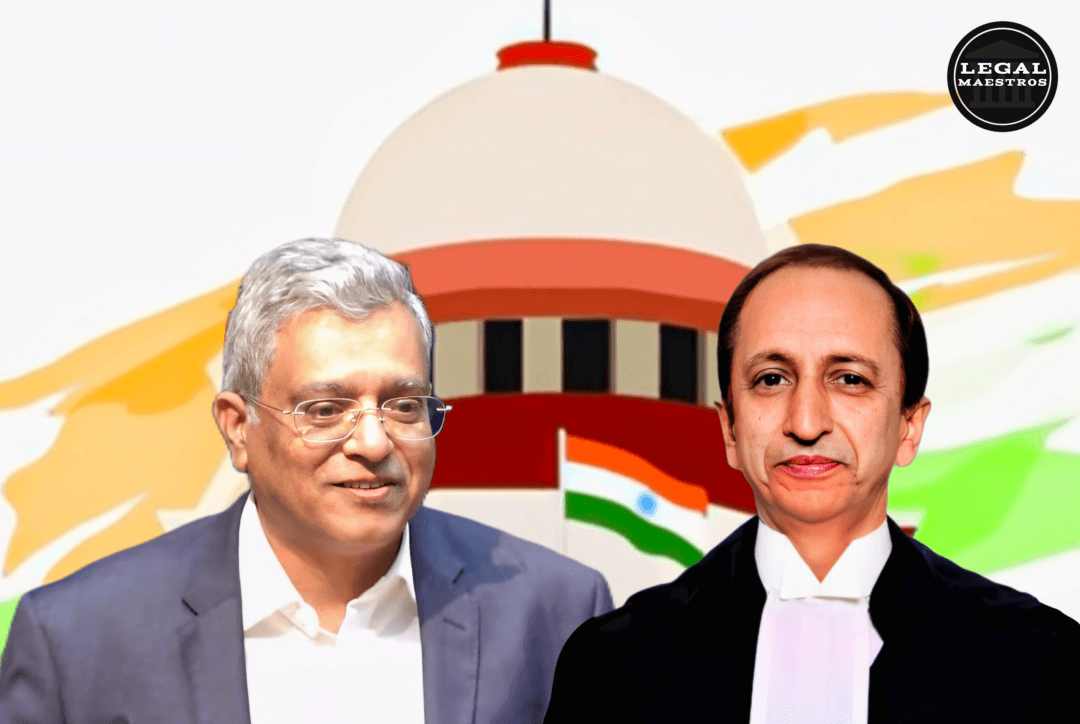
The Supreme Court of India has given an important verdict in the case of Kamal Gupta & Anr. Vs. M/S L. R. Builders Pvt. Ltd. and Ann. Etc. In which it answered two fundamental questions about arbitral proceedings. The question as looked into by the court was, whether a non-signatory to an arbitration agreement can serve in proceedings and whether a court can give other ancillary directions after appointing an arbitrator in the case disposed of, or otherwise. The case enjoys great clarity on the scope of judicial action and the confidentiality principle of arbitration as stipulated in the Arbitration and Conciliation Act of 1996.
Of the Facts of the Controversy
This case arose due to an oral family settlement established between Pawan Gupta (PG) and Kamal Gupta (KG) in the year 2015 and subsequently formalized through a Memorandum of Understanding/ Family Settlement Deed (MoU / FSD) in the year 2019. The principal matter of concern was that Rahul Gupta (RG), the son of Kamal Gupta did not append his signature to this MoU/FSD. There were disagreements and PG petitioned under Section 11(6) of the Act and requested the appointment of a single arbitrator to settle the disagreements. RG, a non-signatory had tried to intervene in these proceedings in order to seek to have their maintainability opposed. RG had also filed a similar intervention application in a related petition under Section 9 of the Act which was seeking interim measures under the MoU/FSD. The learned judge appointed a single arbitrator and instructed the Section 9 petition to be construed as a Section 17 application in which the arbitrator would make the determination. The judge, however, dismissed the request made by RG to intervene on the claim that he was not a party or signatory to the agreement.
Directives from the Court and Post-Appointment Applications
Even after the proceedings were disposed of, another application was later brought by RG and two non-signatory companies in the disposed-of Section 11(6) proceedings. They asked that an intervenor receive an audience at the arbitration proceeding, as all pleadings and orders should be open to them, and they even moved that the application to intervene should be resurrected. The experienced judge first of all permitted the non-signatory intervenors to stand present either personally or by counsel. This was later compounded by an order which made this permission absolute and the judge also ordered that some of the properties held by the intervenor companies would be left outside the arbitration process. The directions aggrieved the parties to the arbitration between PG and KG, and thus these parties approached the Supreme Court.
For any queries or to publish an article or post or advertisement on our platform, do call at +91 6377460764 or email us at contact@legalmaestros.com.
Basic Legal Problems and Positions Reproduced
The appellants, PG and KG were saying that since the court had appointed an arbitrator and decided the case under section 11(6) of the Act, it had become.
Factus officio, i.e., it no longer had any power to consider new applications or give additional direction. They stressed that an arbitral award was binding only upon the parties to the arbitration and any person claiming under them under Section 35 of the Act, and the intervenors since they were not signatories would not be bound by the award. It was contended that allowing the presence of a non-signatory in the proceedings was to be a jurisdiction and contrary to the confidentiality which was contained in Section 42A of the Act. The appellants argued that such a directive constituted the granting of relief, which had been denied before and an intrusion into the independence of the arbitral proceeding. Respondents, however, argued that the actions of the court were not without justification in view of Section 151 of the Code of Civil Procedure 1908 since it was based on an assurance made by the signatories to the MoU/FSD. They stated that the directions were just a product of the previous ruling and did not contradict the scope of the Act.
The Analysis and Conclusion by the Supreme Court
The respondents lost their appeal with the Supreme Court holding in favor of the appellants. The court was of the opinion that both the questions elaborated in the appeal should be answered in the negative. The court established that the intervenors had never signed the MoU/FSD. It rehashed the fact that an arbitration award under Section 35 of the Act is only binding upon the parties to the arbitration and those claiming it upon them. Hence, she had no legal grounds to allow the presence of a non-signatory at the time of the arbitration procedure since he or she would be a stranger to proceedings. The court also pointed out that it would be against the spirit of Section 42A of the Act which requires confidentiality on the part of the arbitrator, institution and parties to the agreement to permit a non-signatory to witness the proceedings.
For any queries or to publish an article or post or advertisement on our platform, do call at +91 6377460764 or email us at contact@legalmaestros.com.
On the latter question, the court held that when the sole arbitrator was appointed by the court and the Section 11(6) proceedings disposed of on March 22, 2024, it then followed that:
FACTUS OFICIO. That meant that the court could entertain no more applications and pronounce ancillary orders irrespective of the reasons provided. The point that the court highlighted is that the Arbitration and Conciliation Act is a codified self-sufficient law whose judicial intervention is restricted as per the provisions of Part-I of the Act. The court would have done its work by appointing an arbitrator, and in letting the issue sit with the other requests, it would create contradictions to the judicial minimization that was made by the legislature and supported by the previous judgments. The court ruled that the application made by RG and the other non-signatory companies was misconceived and it was a contrivance of the process of law.
In a last order command, the Supreme Court took overruled the order which allowed the non-signatories to be present and made other ancillary directions. It enabled the arbitration sides to continue as per the initial command on March 22, 2024. The judgment is a powerful confirmation of the rules of party autonomy, limited court involvement and confidentiality within the Indian arbitration system.
For any queries or to publish an article or post or advertisement on our platform, do call at +91 6377460764 or email us at contact@legalmaestros.com.


